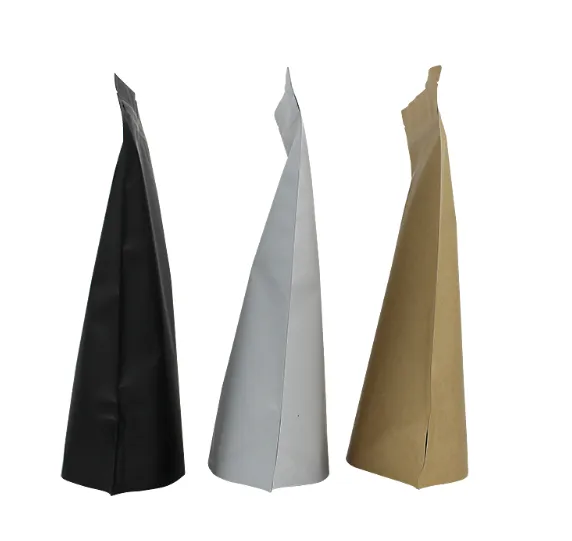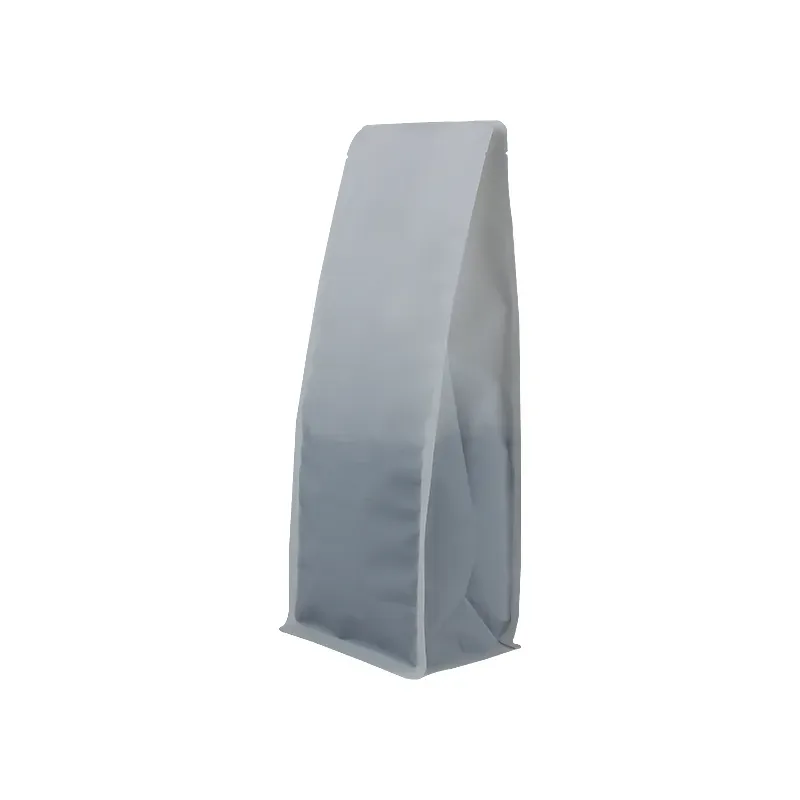- Afrikaans
- Albanian
- Amharic
- Arabic
- Armenian
- Azerbaijani
- Basque
- Belarusian
- Bengali
- Bosnian
- Bulgarian
- Catalan
- Cebuano
- chinese_simplified
- chinese_traditional
- Corsican
- Croatian
- Czech
- Danish
- Dutch
- English
- Esperanto
- Estonian
- Finnish
- French
- Frisian
- Galician
- Georgian
- German
- Greek
- Gujarati
- haitian_creole
- hausa
- hawaiian
- Hebrew
- Hindi
- Miao
- Hungarian
- Icelandic
- igbo
- Indonesian
- irish
- Italian
- Japanese
- Javanese
- Kannada
- kazakh
- Khmer
- Rwandese
- Korean
- Kurdish
- Kyrgyz
- Lao
- Latin
- Latvian
- Lithuanian
- Luxembourgish
- Macedonian
- Malgashi
- Malay
- Malayalam
- Maltese
- Maori
- Marathi
- Mongolian
- Myanmar
- Nepali
- Norwegian
- Norwegian
- Occitan
- Pashto
- Persian
- Polish
- Portuguese
- Punjabi
- Romanian
- Russian
- Samoan
- scottish-gaelic
- Serbian
- Sesotho
- Shona
- Sindhi
- Sinhala
- Slovak
- Slovenian
- Somali
- Spanish
- Sundanese
- Swahili
- Swedish
- Tagalog
- Tajik
- Tamil
- Tatar
- Telugu
- Thai
- Turkish
- Turkmen
- Ukrainian
- Urdu
- Uighur
- Uzbek
- Vietnamese
- Welsh
- Bantu
- Yiddish
- Yoruba
- Zulu
Discover 4 Types of Packaging Explore Medicine & Plastic Drug Packaging Solutions
Discover the 4 Types of Packaging: Boost Safety and Stand Out in Today’s Market
Let’s talk reality. Every year, businesses lose billions to product damage, tampering, or spoilage, all due to poor packaging. Did you know that over 35% of returns in e-commerce are packaging related? For the pharmaceutical industry, a single packaging error can risk lives and cost fortunes. That’s why understanding the 4 types of packaging
is a game changer. From choosing the right medicine packaging types to reviewing the best types of plastic packaging, smart businesses have one thing in common: they get packaging right. Ready to future-proof your packaging game? Let’s dive in.

(4 types of packaging)
Unveiling the 4 Types of Packaging: Technical Advantages
Packaging isn’t “one size fits all.” You need to know the four types: primary, secondary, tertiary, and quaternary packaging. Each comes with its own set of strengths:
| Type | Definition | Technical Edge | Best Use Case |
|---|---|---|---|
| Primary | Directly contacts the product | Protects quality, preserves safety | Pharmaceuticals, food, beverages |
| Secondary | Holds one or more primary packages | Display & branding, added protection | Retail, promotional kits |
| Tertiary | Grouping for shipping/handling | Bulk security, logistic efficiency | Pallets, crates, shipping containers |
| Quaternary | Unit load for automated systems | Streamlines warehouse automation | Automated logistics, warehouses |
Different products, especially medicines and plastics, demand specialized packaging. Medicine packaging types like blister packs provide tamper-evidence—crucial for patient safety. The types of plastic packaging vary: from flexible pouches for snacks to rigid bottles for syrups. It’s all about matching your product’s needs.
Manufacturer Comparison: Who Delivers the Best 4 Types of Packaging?
Choosing the right manufacturer is a tough call. Not all suppliers understand drug packaging types compliance, let alone FDA standards or ISO certification. Here’s a snapshot of how leading manufacturers stack up:
| Manufacturer | Specialty | Compliance | Lead Time | Minimum Order |
|---|---|---|---|---|
| PackPro USA | High-volume plastics, custom medicine packs | FDA, ISO 15378 | 7-10 Days | 5,000 Units |
| SecurePharma Ltd. | Child-resistant drug packaging | FDA, cGMP | 14 Days | 2,000 Units |
| EcoPack Solutions | Biodegradable & eco-friendly plastics | FDA, ASTM D6400 | 21 Days | 10,000 Units |
Not seeing your needs matched? Ask yourself—does your supplier deliver technically advanced, fully compliant, and quick-turnaround solutions? If not, it’s time to upgrade.
Customized Packaging Solutions: Tailoring the 4 Types for Your Success
Here’s where generic packaging often falls short. Customization is the difference between a forgettable package and an unforgettable brand. The right medicine packaging types can even improve patient adherence—think child-safe caps or color-coded blister packs. For types of plastic packaging, custom shapes, anti-counterfeit features, and eco-friendly materials win the customer’s trust.
- Custom molded bottles resistant to tampering
- Printed barcodes & RFID for pharmaceutical track and trace
- Biodegradable plastics for food-grade applications
- Color, texture, and finish tailored to product positioning
Don’t wait for the “one-size-fits-all” disaster. Work with a manufacturer who listens, innovates, and tailors every layer of packaging—primary, secondary, tertiary, and quaternary—to your exact needs.
Application Cases: The 4 Types of Packaging in Action
Across industries, leading brands leverage the 4 types of packaging for real business results. Curious how?
- Pharmaceuticals: Multilayer blister packs safeguard capsules from contamination and kids’ curiosity.
- Beverages: PET bottles (primary) packed into branded paper cartons (secondary), labeled for traceability.
- Food Industry: Microwave-ready meals in sealed trays for freshness, boxed in recyclable cartons.
- eCommerce: Durable plastic containers shrink-wrapped (tertiary), stacked with automated quaternary packaging for inventory management.
Results don’t lie. According to the Packaging Industry Report 2023, optimized packaging can increase brand recall by 40% and reduce shipment damages by 70%. That’s powerful.
Conclusion: Take Your Packaging to the Next Level Today
Poor packaging costs money and trust. Fully understanding the 4 types of packaging, and choosing the right medicine and plastic materials, is your best business move right now. Why wait for delays, compliance issues, or brand damage?
As an industry leader, PackPro USA delivers high-quality, fully customizable packaging solutions. From drug packaging types to eco-friendly plastic innovations, our expert team is ready to safeguard, showcase, and ship your products—faster and safer, with unbeatable style.
Ready to upgrade? Contact PackPro USA today for a custom quote—and let’s create packaging that works as hard as you do!
FAQs on 4 Types of Packaging
Q1: What are the 4 types of packaging in the industry?
The 4 types of packaging are primary, secondary, tertiary, and quaternary. Each protects products at different stages—from direct contact to shipment automation.
Q2: What are the main medicine packaging types for pharmaceuticals?
Blister packs, strip packs, glass vials, and plastic bottles are the most common medicine packaging types. Each guards drug potency and safety.
Q3: Can you explain the top types of plastic packaging for consumer products?
The leading types of plastic packaging are PET bottles, HDPE containers, LDPE pouches, and polypropylene jars. Their durability and flexibility meet nearly every need.
Q4: How do drug packaging types impact patient safety?
Drug packaging types like child-resistant bottles and tamper-evident seals are key to preventing misuse and ensuring correct dosages.
Q5: How does customized packaging boost my brand?
Custom packaging makes your products stand out, builds trust, and can even increase sales. It’s a vital part of winning and keeping customers.
Q6: Are eco-friendly types of plastic packaging available for the 4 types of packaging?
Yes! Biodegradable plastics, compostable pouches, and recyclable containers now fit every packaging stage—from primary to quaternary.
Q7: How do I choose a reliable manufacturer for medicine packaging types?
Look for FDA compliance, industry certifications, fast lead times, and willingness to tailor solutions. PackPro USA ticks every box—and more!

(4 types of packaging)













